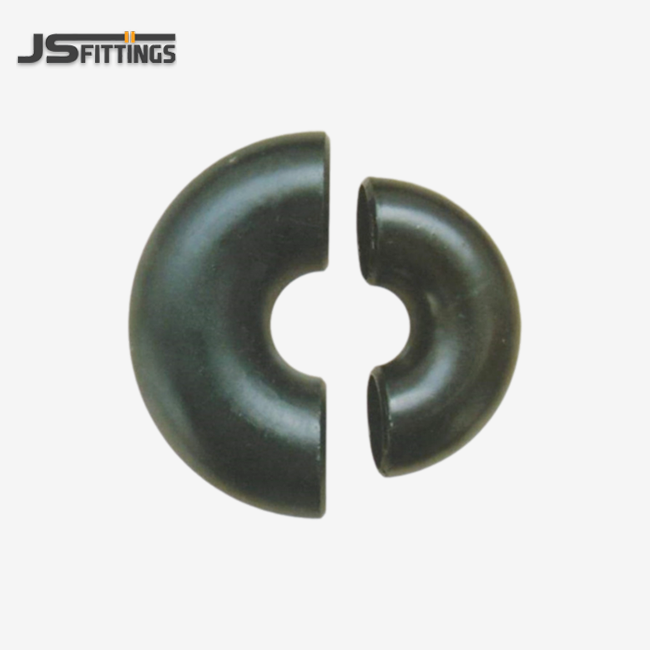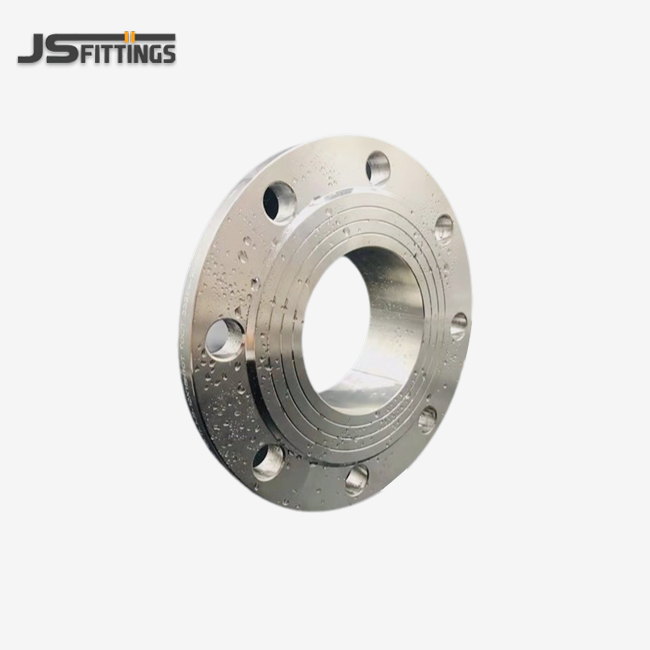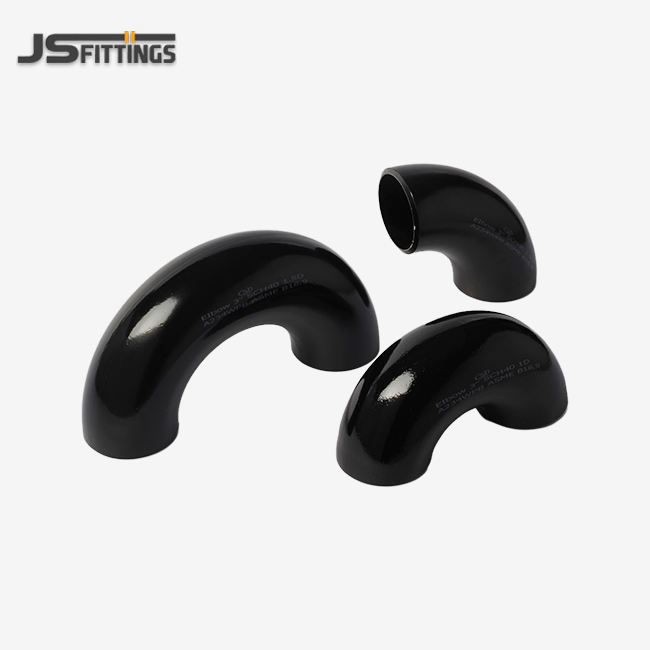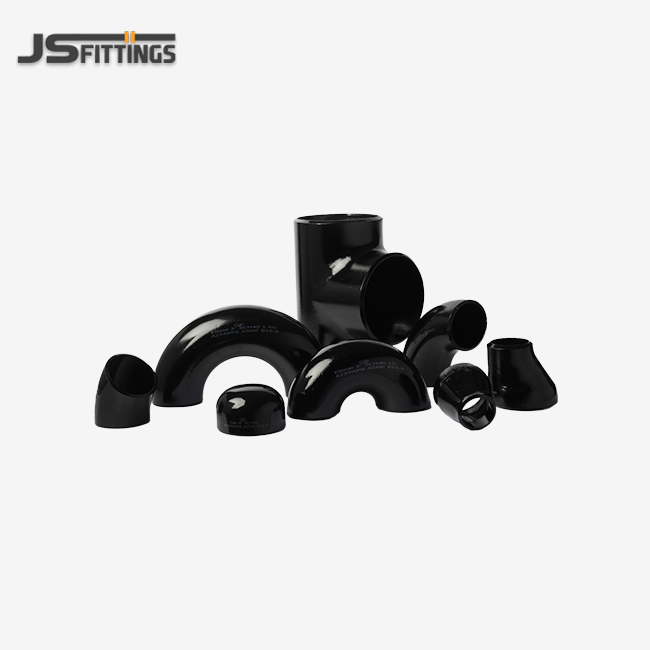Choosing the correct pipe parts is very important for making sure that chemical facilities are safe and work well. The butt weld cross is one of these parts that is very important for making multi-directional connections in complicated pipe systems. These fittings are designed to last in chemical processing plants because they can handle severe chemicals, high pressures, and extreme temperatures. To get the most out of your plant's plumbing network and make it last as long as possible, you need to know what makes butt weld cross solutions last. It goes into great detail about the important things that engineers, plant managers, and people who work in buying need to keep in mind when they choose and use butt weld cross fittings. Some of these are stress analysis, chemical compatibility, and upkeep methods. By paying attention to these things, you can make sure that your chemical plant runs as well as possible, has as little downtime as possible, and is as safe and reliable as possible.
Surface Treatment and Coatings
Surface treatments and specialized coatings can significantly enhance the chemical resistance of butt weld cross fittings. Options such as electropolishing, passivation, or the application of fluoropolymer coatings can create a protective barrier against chemical attack. The lines are less likely to rust because of these steps, and the system is also easier to clean and fix.
Testing and Certification
Rigorous testing and certification processes are essential to verify the chemical compatibility of butt weld cross fittings. Fittings that have been thoroughly tested for chemical resistance and have the right industry certifications are what you should look for. This makes sure that the fittings can handle the chemicals they will be used with.
Stress Analysis: Predicting Fitting Lifespan
Conducting thorough stress analysis is crucial for predicting the lifespan of butt weld cross fittings in chemical plant applications. In this way, any weak spots are found and the connections are made sure to be strong enough for proper system use. Here is everything you need to know about stress testing butt weld cross fittings:
Finite Element Analysis (FEA)
Finite Element Analysis is a strong way to check how well butt weld cross fittings hold up under different loads. This computer-assisted simulation method may find areas of stress, deformations, and possible places of failure. Engineers may use FEA to improve the design of cross fittings so that they last longer and work better in certain chemical plant settings.
Fatigue Analysis
Fatigue analysis is essential for predicting the long-term performance of butt weld cross fittings subjected to cyclic loading. If you change the pressure, the heat, or the movements, these are all things that can wear down materials over time. By learning how cross fittings wear down over time, plant operators can make plans for inspections and replacements that will prevent failures from happening.
Thermal Stress Considerations
In chemical plants, temperature fluctuations can induce significant thermal stresses in piping components. Stress analysis must include these thermal effects on butt weld cross fittings, especially in systems subjected to frequent temperature fluctuations or severe operating conditions. Proper consideration of thermal expansion and contraction can help prevent issues such as cracking or distortion of the fittings over time.
Maintenance Tips: Extending Cross Fitting Life
Proper maintenance is key to extending the life of butt weld cross fittings in chemical plant environments. Plant operators can get the most out of these important parts and make them last as long as possible by using a full maintenance plan. Consider the following maintenance tips to ensure optimal functioning of your butt weld cross fittings:
Regular Inspection Protocols
Develop and adhere to a rigorous inspection schedule for butt weld cross fittings. This should involve looking for evidence of corrosion, erosion, or mechanical degradation with your eyes. Utilize non-destructive testing methods such as ultrasonic testing or radiography to detect internal defects or wall thinning. People who check their cars often can find problems before they happen. People who check their cars often can find problems before they happen. They can fix them before they get worse, which keeps the cost of fixing them cheap.
Cleaning and Surface Preservation
Implement proper cleaning procedures to remove chemical residues and prevent the accumulation of corrosive substances on butt weld cross fittings. Use appropriate cleaning agents that are compatible with the fitting material and the chemicals in your process. After cleaning, apply protective coatings or treatments as necessary to maintain the integrity of the fitting's surface.
Stress Relief and Realignment
Over time, thermal cycling and operational stresses can lead to misalignment or residual stress in butt weld cross fittings. Periodically assess the alignment of piping systems and perform stress relief procedures when necessary. This may involve heat treatment or mechanical methods to restore the optimal position and stress state of the fittings, thereby extending their service life.
Documentation and Analysis
Maintain detailed records of inspection results, maintenance activities, and any observed changes in the condition of butt weld cross fittings. Patterns on this paper could mean that clothes don't fit right over time. You'll be able to fix things better and pick out better parts when you need to buy new ones after reading these tips.
In conclusion, making sure that butt weld cross fittings last and work well in chemical plants needs a lot of different steps. Plant operators may greatly improve the performance and lifespan of these important parts by carefully assessing how chemicals will work together, doing rigorous stress tests, and using good maintenance procedures. Through this all-around method, the plant is not only safer and more productive, but it also has less downtime and costs less to run.
FAQ
1. What materials are commonly used for butt weld cross fittings in chemical plants?
Common materials include stainless steel grades like 316L and 317L, as well as high-performance alloys such as Hastelloy and Inconel for more aggressive chemical environments.
2. How often should butt weld cross fittings be inspected in a chemical plant?
Inspection frequency depends on the specific application and operating conditions. Generally, visual inspections should be conducted at least annually, with more comprehensive non-destructive testing performed every 2-5 years or as recommended by industry standards.
3. What factors affect the lifespan of butt weld cross fittings in chemical plants?
It is important to think about how well the chemicals work with each other, at what temperature and pressure, how often they are used, and how well they are set up and kept up.
4. How can I ensure the butt weld cross fittings I purchase meet industry standards?
Look for fittings that comply with relevant standards such as ASME B16.9 and are certified by recognized bodies like ISO, CE, or GOST-R. Request documentation of material certifications and test reports from the manufacturer.
High-Quality Butt Weld Cross Fittings for Chemical Plants | JS FITTINGS
When it comes to selecting reliable butt weld cross fittings for your chemical plant, trust JS FITTINGS to deliver superior quality and performance. We have a wide choice of fittings that are designed to fulfill the most demanding needs of chemical processing settings. With materials ranging from carbon steel to high-alloy stainless steel and custom solutions available, we have the right fitting for your specific needs. Our goods are completely approved and meet international standards, so you can be sure that they will work safely and reliably. Experience the JS FITTINGS difference – contact us today at admin@chinajsgj.com to discuss your butt weld cross fitting requirements and discover how we can enhance the efficiency and longevity of your chemical plant piping systems.
References
1. ASME B31.3 Process Piping Guide, American Society of Mechanical Engineers, 2018.
2. Corrosion Resistant Alloys for Oil and Gas Production: Guidance on General Requirements and Test Methods for H2S Service, NACE International, 2015.
3. Handbook of Piping Design, G. K. Sahu, New Age International, 2012.
4. Chemical Process Equipment: Selection and Design, James R. Couper, W. Roy Penney, James R. Fair, Stanley M. Walas, Gulf Professional Publishing, 2012.
5. Piping and Pipeline Engineering: Design, Construction, Maintenance, Integrity, and Repair, George A. Antaki, CRC Press, 2003.
6. Corrosion of Weldments, J. R. Davis, ASM International, 2006.




